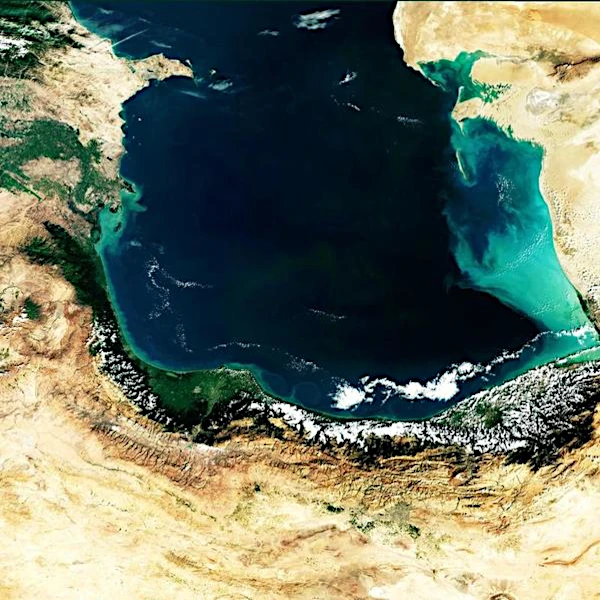
ENVISAT (ENVIronmental SATellite) was the largest Earth observation satellite ever built by the European Space Agency (ESA). Launched on March 1, 2002, by an Ariane 5 rocket from the Guiana Space Center, this 8.2-ton, 10-meter-long colossus revolutionized global environmental monitoring for a decade. Its mission ended abruptly on April 8, 2012, after a sudden loss of communication, but its scientific legacy remains considerable.
ENVISAT carried a sophisticated suite of 10 scientific instruments designed to simultaneously measure various terrestrial, atmospheric, and oceanic parameters:
The RA-2 altimeter measured the ocean surface topography with centimeter precision, enabling the study of marine currents, ocean circulation, and sea level rise. MERIS quantified chlorophyll-a, providing crucial data on phytoplankton productivity and the health of marine ecosystems.
The MIPAS, SCIAMACHY, and GOMOS instruments made detailed measurements of atmospheric trace gases, monitoring the evolution of the ozone layer, aerosol distribution, and the concentration of greenhouse gases such as CO₂ and CH₄. This data was vital for climate change studies.
ASAR provided radar images independent of weather conditions and solar illumination, enabling the monitoring of polar ice, forests, soils, and urban areas. MERIS tracked the state of vegetation and land use changes on a global scale.
| Parameter | Value | Description | Importance |
|---|---|---|---|
| Launch mass | 8211 kg | Heaviest civil observation satellite | Capacity to carry multiple instruments |
| Dimensions | 10 m × 4 m × 4 m | Wingspan with deployed panels: 26 m | Available volume for instruments |
| Orbit | Polar sun-synchronous | Altitude: 800 km, inclination: 98.55° | Global repetitive coverage |
| Revolution period | 101 minutes | 14.3 orbits/day | Revisit frequency |
| Electrical power | 6500 W | 70 m² solar panels | Power supply for instruments |
| Expected lifespan | 5 years | Effective mission: 10 years, 1 month | Robustness and reliability |
| Data rate | 100 Mbps | Transmission in X and Ka bands | Large volume of scientific data |
Source: ESA Earth Online - ENVISAT Mission and ESA - ENVISAT Mission Details.
Although the ENVISAT mission ended prematurely, its scientific legacy continues through the Sentinel missions of the Copernicus program. The Copernicus program, launched by the European Union in collaboration with the European Space Agency (ESA), is planned for long-term operation, at least until 2030, with the possibility of extension beyond depending on operational needs and funding.
Objective of the Copernicus program: to provide continuous and sustainable Earth observation, with free data for environmental monitoring, agriculture, disaster management, and climate change tracking.